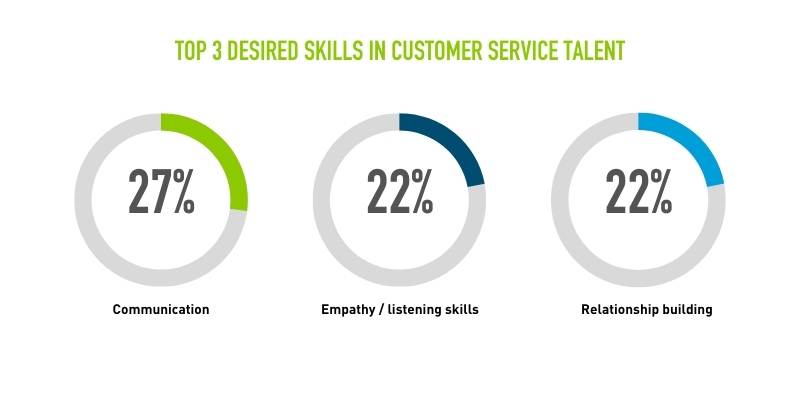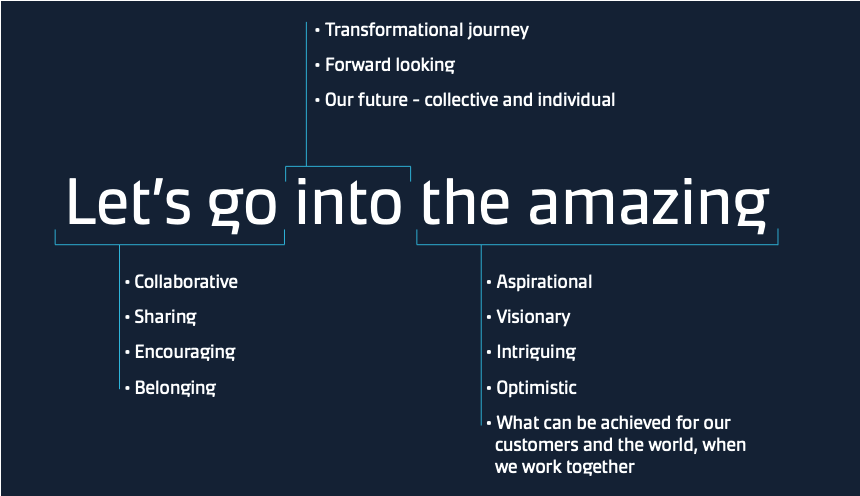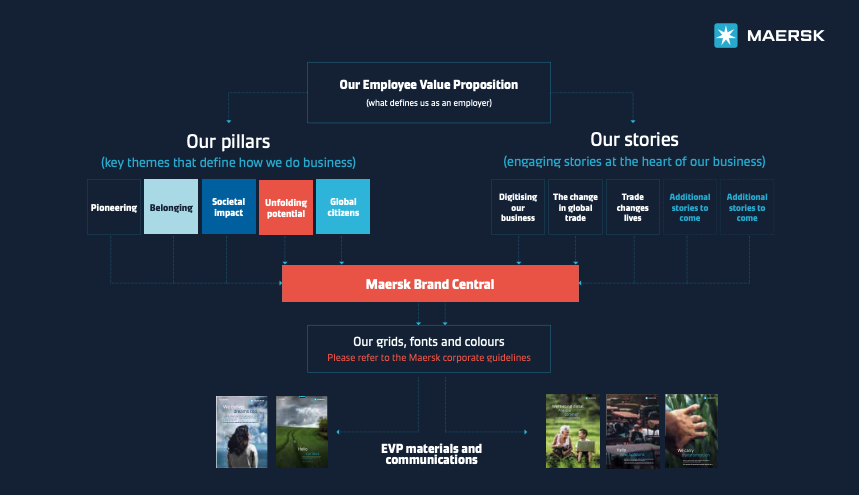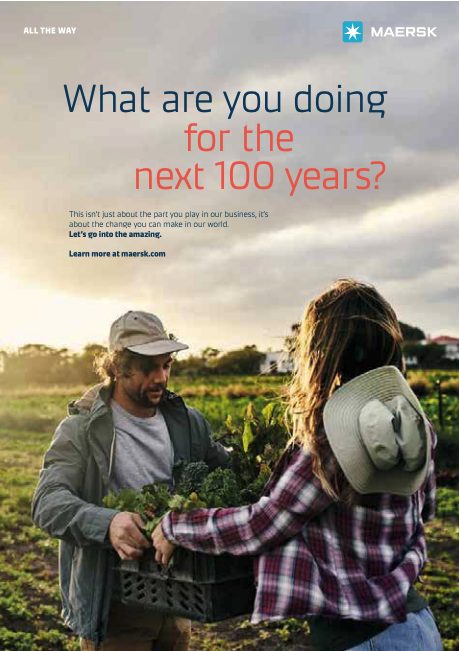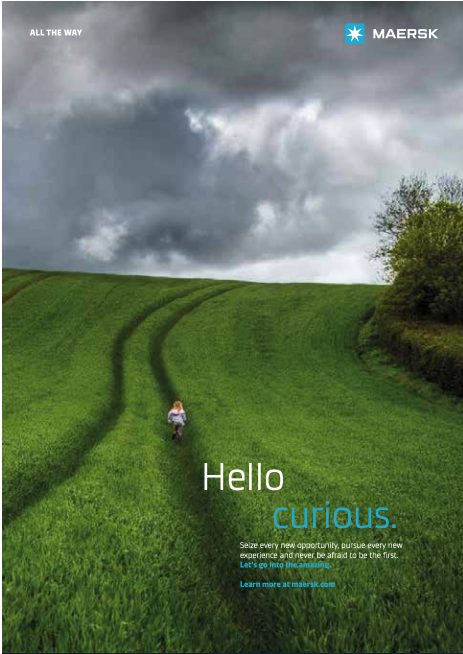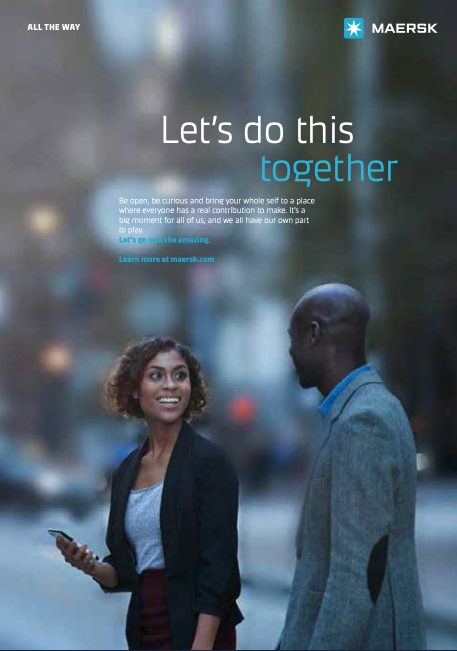Travel is back, but hospitality employers are still playing catch up. Travelers around the world are booking flights, checking into hotel rooms, making reservations and buying tickets. Brands are attracting customers but struggling to attract employees with the right hospitality recruitment strategies.
In 2020, the size of the global tourism market fell by nearly a trillion dollars as travel came to a halt. The industry finally surpassed its prepandemic highs in 2023, reaching a market size of $2.3 trillion (USD). But employment in the industry lags behind. In the U.S. alone, nearly 2 million hospitality jobs remain unfilled, according to the Washington Post.
The old hospitality recruitment strategies aren’t working anymore. The world of work has changed. Many sectors have expanded the availability of remote and hybrid work, and many front-line hospitality workers left the industry for more flexible roles.
Employers must update their employer branding and candidate attraction strategies to draw in top hospitality talent. In this article, we cover the hospitality brain drain and provide hospitality recruitment strategies that talent leaders can put into place now to get ahead of the competition.
The Hospitality Industry Brain Drain
One of the largest lasting impacts from the COVID-19 pandemic is the permanent loss of talent. as workers fled the travel and hospitality industry for more stable, more flexible or less customer-facing positions. While employment in the hospitality sector still lags, professional and business services saw 1.4 million new jobs added during the pandemic.
Rather than returning to employment in hotels or with airlines, many laid off workers looked for behind-the-scenes office work where they were offered more flexibility, more traditional hours and often higher pay.
In 2022, the U.S. Bureau of Labor Statistics reported record quit rates during the Great Resignation, with the quit rate in leisure and hospitality jumping by a percentage point to 6.4%.
This phenomenon, sometimes called “brain drain,” has left hospitality employers with not just fewer workers but also those with less experience. This has led to increased competition for experienced hospitality workers and often increased time-to-fill rates for more specialized hospitality roles. Talent leaders must work to coax experienced workers back to the industry while also focusing on the next generation. Below, we outline three strategies to bring back and bring in hospitality talent.
Top 3 Hospitality Recruitment Strategies
1. It’s Time to Update Your Employer Brand
In today’s talent market, hospitality employers need to stand out in a crowded field of competition. Your employer value proposition and employer brand will be what convinces top talent to join your organization, rather than the hotel down the street or the customer service job that will allow them to take calls from their home offices.
However, after the past several years, few have had the resources to invest in and update their employer brands. If you haven’t refreshed your employer brand in a few years, now is the time. Each hospitality brand has its own distinctive personality and style that should be reflected in both consumer marketing and employer branding.
Your employer value proposition, or EVP, is the foundation of your employer brand. Your EVP describes the give and get between employer and employee. At PeopleScout, our EVP work has five phases:
- Define
- Discover
- Develop
- Design
- Deploy
In the define stage, we build a baseline understanding of you and your competition through competitor audits, social listening, candidate experience diagnostics and collaborative sessions. In the discover phase, we go deeper to understand what makes your organization unique through interviews with leaders and employees throughout the organization.
From there, we analyze the data and develop an EVP prototype that we validate through workshops and interviews with employees. In the design phase, we create the creative concepts to bring your EVP to life with an employer brand playbook and employer brand toolkit. These include deliverables like EVP positioning and messaging, social media posts and ads, and printed materials like posters and exhibition stands for job fairs.
Finally, we deploy, focusing on an employee ambassador program that helps your current employees share their stories with prospective candidates. From there, your EVP and brand can flex and evolve to adapt to changing candidate expectations.
By honing your employer value proposition and attraction messaging, you can zero in the characteristics you need for the variety of roles you need filled. By shifting your mindset from focusing on getting the most applications, or even those with certain experience, to getting applications with the right profile, you can reduce attrition by increasing the likelihood of your new hires being successful.
2. Are Your Offers and Benefits Competitive?
The leisure and hospitality sector has seen some of the highest wage increases across all employers in recent years. In the U.S., wages in hospitality have risen 23% over the past three years. Additionally, workers have more options for hybrid or flexible work in other industries where the pay is similar or even higher. This makes it more difficult for hospitality employers to compete. According to the Boston Hospitality Review, compensation was one of the most cited reasons that people left the hospitality industry during the pandemic.
To stand out in this market, you need offers that are not only competitive in terms of salary but also provide the types of flexibility and benefits that candidates are looking for and can likely find in other industries. Hospitality candidates are increasingly interested in remote work. Google searches for “remote hotel jobs” have increased about 400% since 2019.
Many hospitality jobs require being on site, making hybrid work only possible for a small percentage of roles; however, employers should evaluate and offer the option when possible. Additionally, consider flexible work arrangements or scheduling that would allow front-line workers time to do things like pick children up from school.
Other benefits can also help bring in or bring back hospitality workers. While 88% of employees say that health benefits are important to them, only 30% of restaurants offer medical insurance. Not every employer will have the budget for health insurance, so consider other benefits, like caregiver benefits, parental leave or a commuting allowance.
You can also consider different compensation models. Consider a salaried front-of-house staff. According to Monster, employers who pay their front of house staff a salary gain an advantage for attracting top talent, and those workers create a better customer experience because they aren’t focused on “turn-and-burn” tactics. You can also consider profit sharing or bonuses to help attract and retain employees.
3. Focus on Culture
Your company culture may not be listed as a line item on a paystub, but it can serve as a benefit for attracting top talent in a tough industry. In any customer-facing role, employees can be subject to stressful situations, but a supportive culture can increase employee retention.
One survey found that 91% of hospitality workers have dealt with customers who believed they inherently deserved privileges or special treatment. Of those workers, 70% wanted to leave the industry entirely after confronting a demanding consumer. Employers need to ensure that they not only meet traveler expectations but also keep workers happy and focus on retention.
Hospitality employers should focus on building a supportive culture. This should start from day one with structured training and can include things like mentorship programs to support new employees and help them feel like part of the team. Additionally, consider adding wellness programs that include things like counseling or employee assistance programs.
Finally, the travel and hospitality sector has a unique opportunity to build a fun culture by creating ways for employees to enjoy the services normally provided to guests. This can look like VIP perks for employees and their friends and families, discounted meals or free meals during shifts, yearly overnight stays at hotels to celebrate work anniversaries or discounted tickets to events.
Choosing the Right Hospitality Recruiting Strategies
Candidate expectations are always changing, so hospitality employers need to find the recruitment strategies that work best to attract the right candidates at the right time. An experienced RPO provider can help talent leaders narrow down the best solutions and help build an employer brand to bring in top talent with the right skills and mindset.
To get more strategies for attracting and hiring hospitality, travel and tourism talent, download our Recruitment Handbook for Travel and Hospitality.
The Recruitment Handbook for Travel and Hospitality

![Through the job market volatility that has defined the hiring market for the past three years, the travel and hospitality industry saw some of the biggest impacts worldwide, and the reverberations and recovery are still shaping the industry years later. Now, people are traveling again, but while many industries have regained the jobs lost in 2020, hospitality lags behind.
Travelers are finally ready to hit the skies, seas and roads for both personal and business travel.
After several years of staying close to home, pent up demand has the travel industry booming. Global travel revenue is expected to triple 2020 levels by 2027. Full recovery of business travel to 2019 spend volumes appears likely by late 2024 or early 2025.i
Travel is more meaningful than it used to be, leading to increased traveler expectations and more challenges for hospitality staff.
46% of people say travel is now more important to them than it was before the pandemic.ii
43% of people are upping their travel budget in 2023.iii
91% of hospitality workers said they have dealt with customers who believed they inherently deserved privileges or special treatment, and 70% have wanted to leave the industry as a result.iv
However, hospitality staffing has not caught up to the renewed demand.
In the U.S. alone, nearly 2 million hospitality jobs remain unfilled, even as hiring slows in other industries.v
In September 2022, 87% of hoteliers reported staffing shortages.vi
In the UK, hospitality job openings are still 74% higher than they were in January and February of 2020.vii
One big reason for that? Millions of hospitality workers fled the industry during the pandemic and recovery.
15.6% of people left their hospitality jobs in March 2020.viii
8.3% of hospitality staff left the sector between August and September 2022.ix
Do you need help hiring hospitality workers? Learn about how you can attract the next generation of workers, build more diverse teams and plan for the future in The Recruitment Handbook for Hospitality and Travel.
[Download your copy now!]](https://www.peoplescout.com/wp-content/uploads/2023/07/PeopleScout-Travel-and-Hospitality-Infographic-01.jpg)
